
In Boskovice, a building designed by Smiljan Radić could arise
Source
Nikola Lörinczová
Nikola Lörinczová
Publisher
Tisková zpráva
15.04.2019 14:55
Tisková zpráva
15.04.2019 14:55
Czech Republic
Boskovice
Smiljan Radić Clarke
The new building in the center of the South Moravian town of Boskovice is designed by the world-renowned architect Smiljan Radić. The Chilean architect has firmly established himself among the global stars of architecture alongside names like Zaha Hadid, Norman Foster, Frank Gehry, and Sou Fujimoto, when in 2014 he created the fourteenth pavilion for the Serpentine Gallery. Five years ago, a giant bean inspired by Oscar Wilde's fairy tale landed in the middle of London's Kensington Gardens and generated excitement. Radić is known for his fresh approach to architecture, which is closely related to sculptural work. He gained attention at the 12th International Architecture Biennale in 2011. He has also succeeded in many competitions with his designs, such as the telecommunications tower in Santiago (2014) or the regional theater in the city of Concepción, which opened its doors to the first visitors a year ago. Smiljan Radić flew to the Czech Republic at the invitation of Zdeněk Fránek and his foundation on April 11, 2019. In addition to Boskovice, he also visited Prague, where he gave a two-hour lecture at the Centre for Architecture and Urban Planning.
Smiljan Radić was brought to Boskovice by the town's architect Zdeněk Fránek. "I promised the city representatives that Boskovice would be talked about, that it would gain a certain aura of worldliness, it deserves it," explains Zdeněk Fránek as to why he approached the famous architect. He is convinced that even a single significant building can act as a magnet in a place of local importance. "It works like that. In Krumbach, Austria, Smiljan created an ordinary bus stop, and Krumbach became famous. When skiers pass through the village on their way to the mountains, they look for his stop and take photos next to it," explains the city architect. Zdeněk Fránek has also established a foundation to promote quality architecture, which is generally lacking in Czech towns. Boskovice could be the first city he wants to help in this regard.
The Chilean architect designed a staggered structure in the former Boskovice Jewish ghetto that can serve various functions. There could be housing on the upper levels, clubrooms and urban amenities on the first floor, and then garages partially sunk into the ground below. "The more I look at Radić's design, the more I like it and understand it. It feels very natural because it's sunk into the ground. I think it could also be an interesting investment; the building is economical, it shouldn’t be expensive," adds Fránek. However, no definitive decision has yet been made regarding the building's investor; it could be a joint investment between a private investor and the city.
"I don't actually think about it much. I just asked myself whether I wanted to take the commission. And I did," Radić responds to the question of what motivated him to come to create in Boskovice. The location where the new modern building is to be built likely played a role. "For me, it is crucial not to harm anything. Not to be aggressive, to enter the place gently. From the perspective of my culture, it is very complete, settled. You immediately see where your assignment's boundaries are. In our context, those boundaries are usually not visible; you do not know what will happen to the place in ten years because the landscape and the city change a lot. And then you can really feel time – and that's a good thing because you have boundaries and ideas around you that you can build on, which help in decision-making in the early stages of the project. Another architect might want more freedom, but I feel the opposite: a solid brief and clear rules allow for a decent project to be built," says Radić.
On Thursday evening, Smiljan Radić met with the public at the Centre for Architecture and Urban Planning. Almost 200 people came to listen to his lecture. "The presence of Smiljan Radić brings hope that a building of world quality and significance could rise in the Czech Republic," stated Ondřej Boháč, the director of IPR Prague.
Smiljan Radić was brought to Boskovice by the town's architect Zdeněk Fránek. "I promised the city representatives that Boskovice would be talked about, that it would gain a certain aura of worldliness, it deserves it," explains Zdeněk Fránek as to why he approached the famous architect. He is convinced that even a single significant building can act as a magnet in a place of local importance. "It works like that. In Krumbach, Austria, Smiljan created an ordinary bus stop, and Krumbach became famous. When skiers pass through the village on their way to the mountains, they look for his stop and take photos next to it," explains the city architect. Zdeněk Fránek has also established a foundation to promote quality architecture, which is generally lacking in Czech towns. Boskovice could be the first city he wants to help in this regard.
The Chilean architect designed a staggered structure in the former Boskovice Jewish ghetto that can serve various functions. There could be housing on the upper levels, clubrooms and urban amenities on the first floor, and then garages partially sunk into the ground below. "The more I look at Radić's design, the more I like it and understand it. It feels very natural because it's sunk into the ground. I think it could also be an interesting investment; the building is economical, it shouldn’t be expensive," adds Fránek. However, no definitive decision has yet been made regarding the building's investor; it could be a joint investment between a private investor and the city.
"I don't actually think about it much. I just asked myself whether I wanted to take the commission. And I did," Radić responds to the question of what motivated him to come to create in Boskovice. The location where the new modern building is to be built likely played a role. "For me, it is crucial not to harm anything. Not to be aggressive, to enter the place gently. From the perspective of my culture, it is very complete, settled. You immediately see where your assignment's boundaries are. In our context, those boundaries are usually not visible; you do not know what will happen to the place in ten years because the landscape and the city change a lot. And then you can really feel time – and that's a good thing because you have boundaries and ideas around you that you can build on, which help in decision-making in the early stages of the project. Another architect might want more freedom, but I feel the opposite: a solid brief and clear rules allow for a decent project to be built," says Radić.
On Thursday evening, Smiljan Radić met with the public at the Centre for Architecture and Urban Planning. Almost 200 people came to listen to his lecture. "The presence of Smiljan Radić brings hope that a building of world quality and significance could rise in the Czech Republic," stated Ondřej Boháč, the director of IPR Prague.
The English translation is powered by AI tool. Switch to Czech to view the original text source.
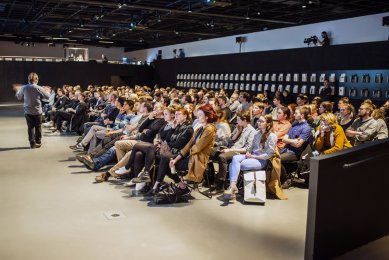
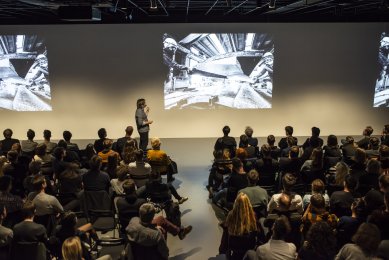

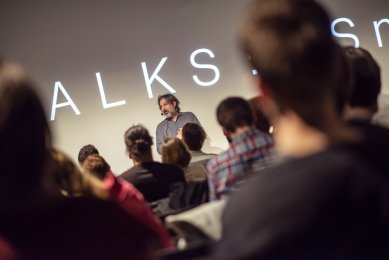
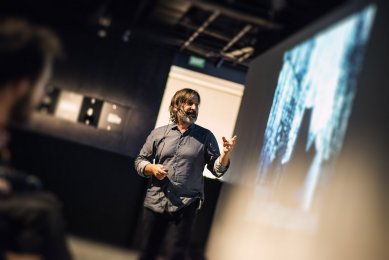
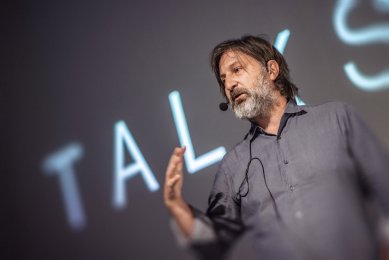
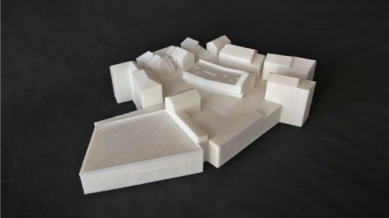
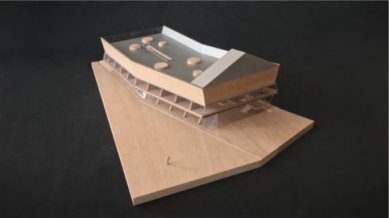
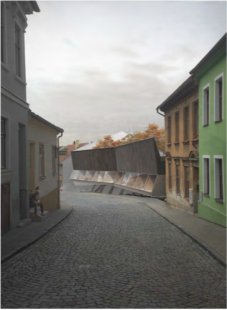
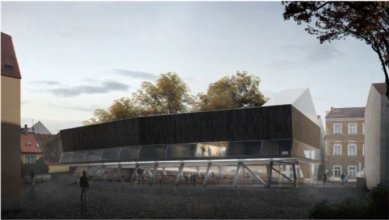
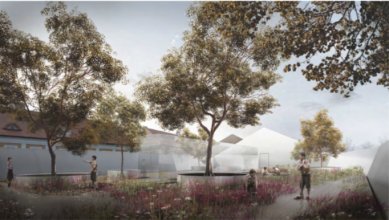
0 comments
add comment











